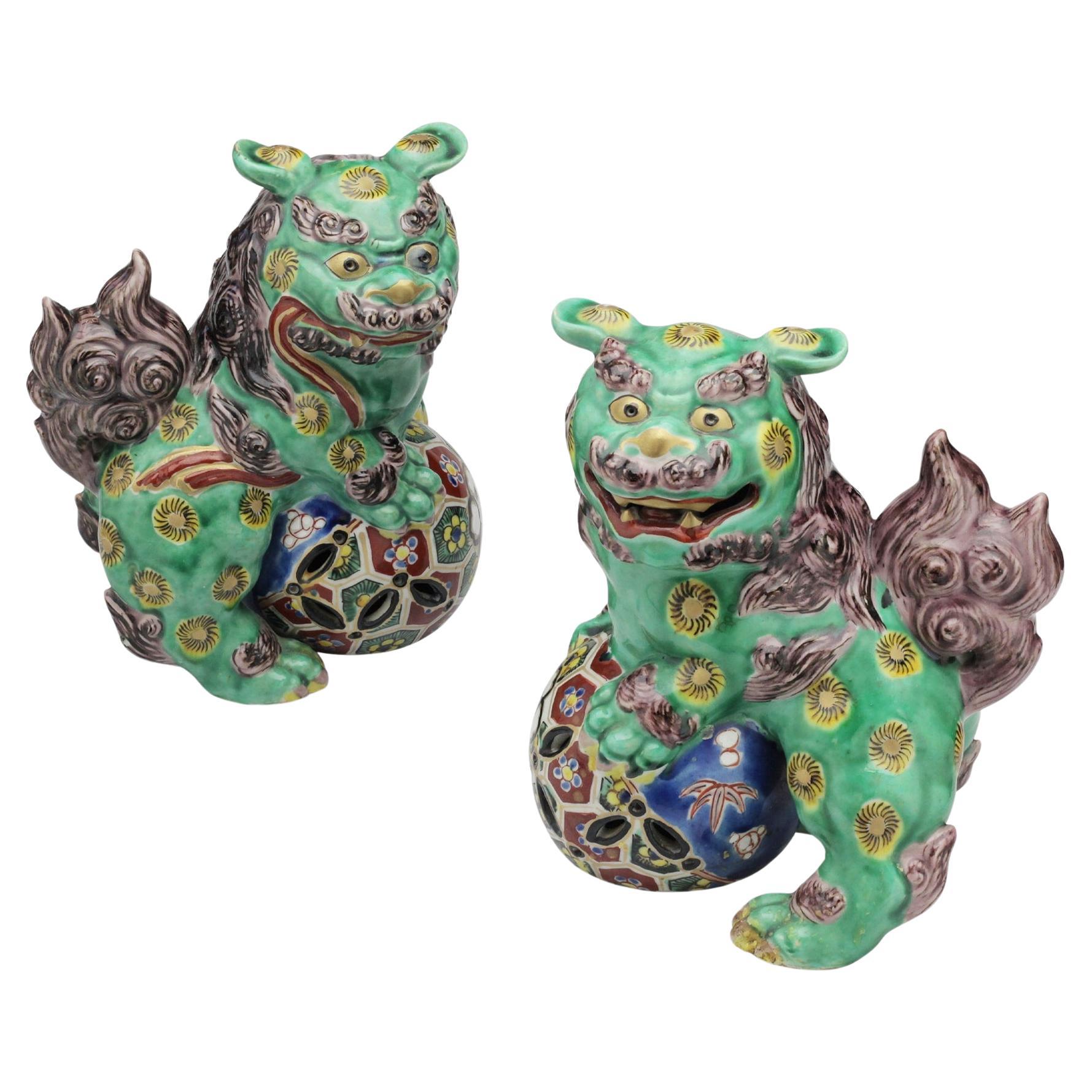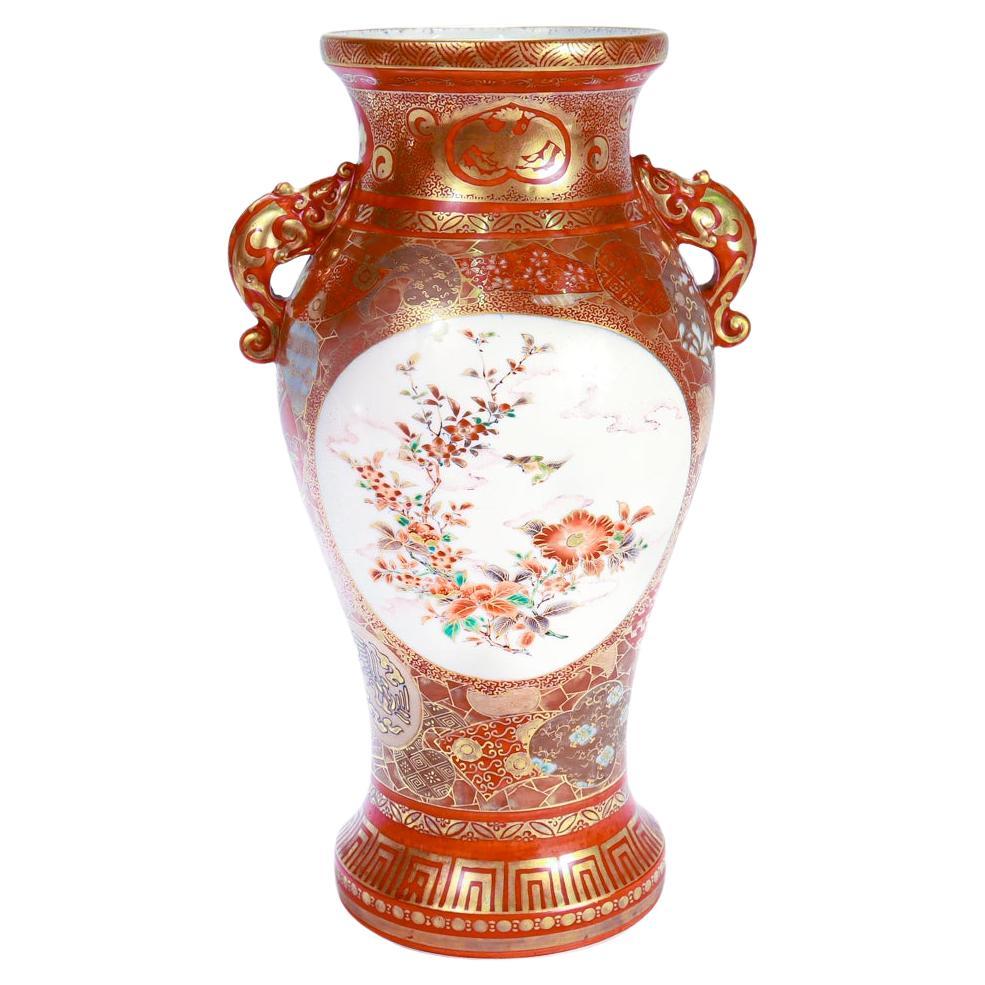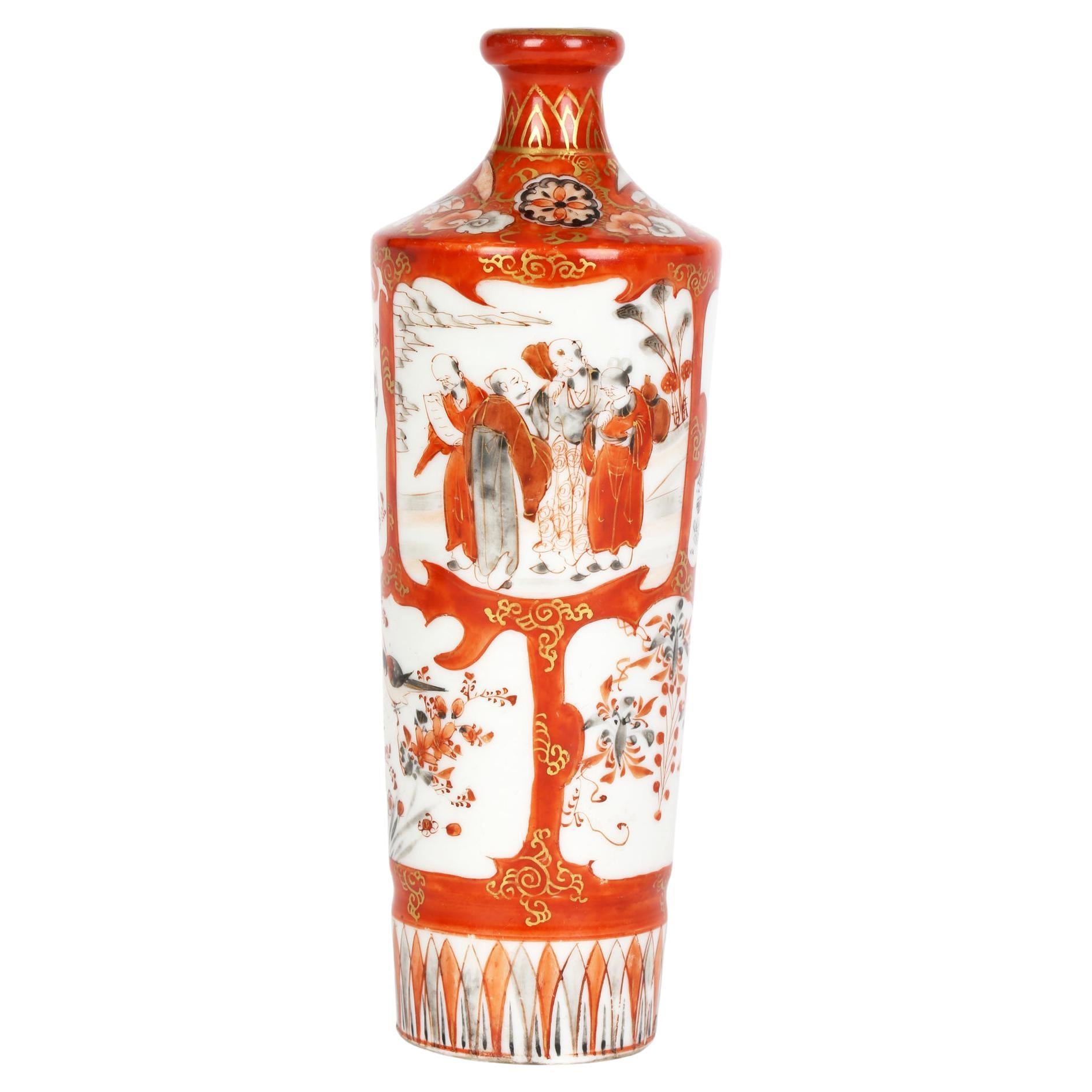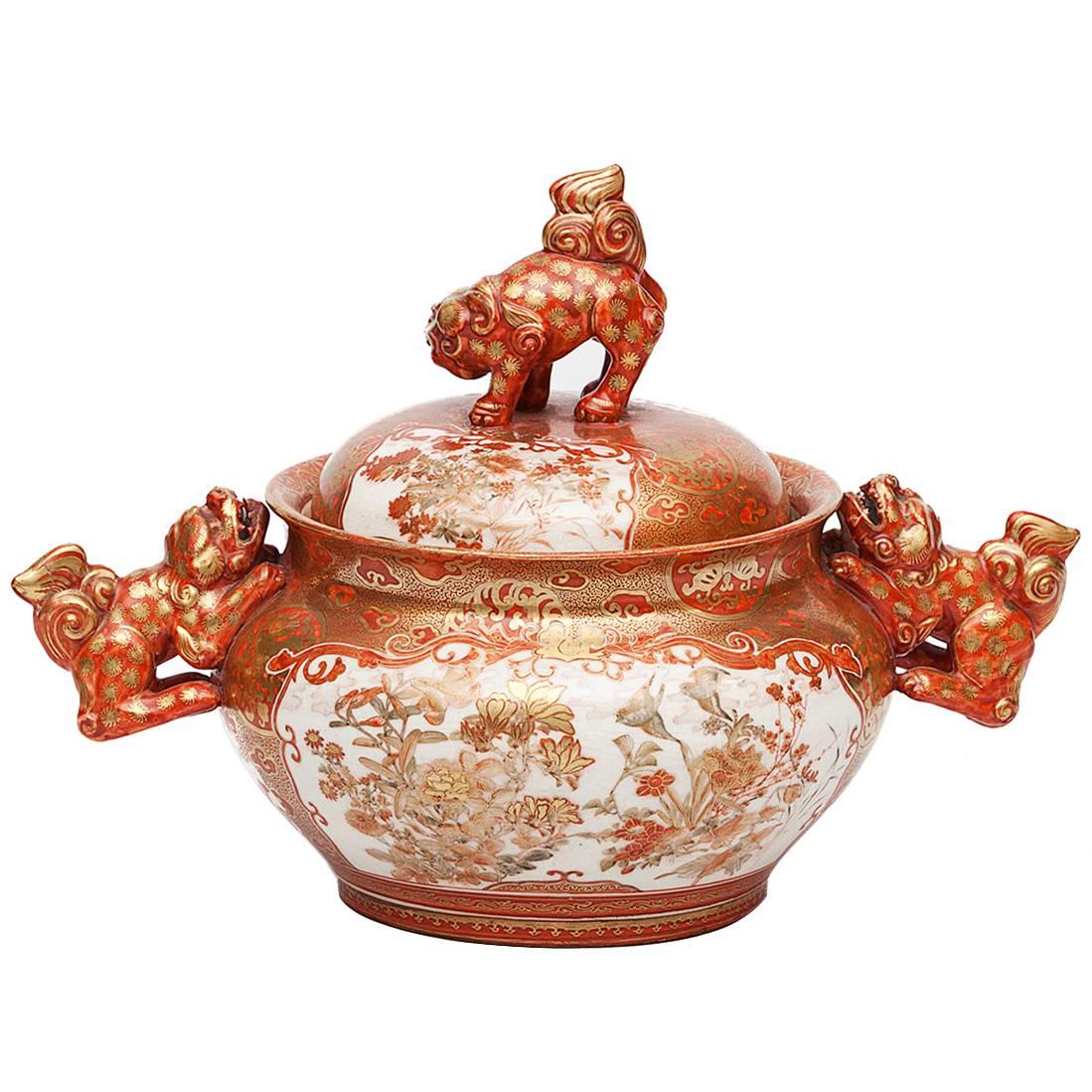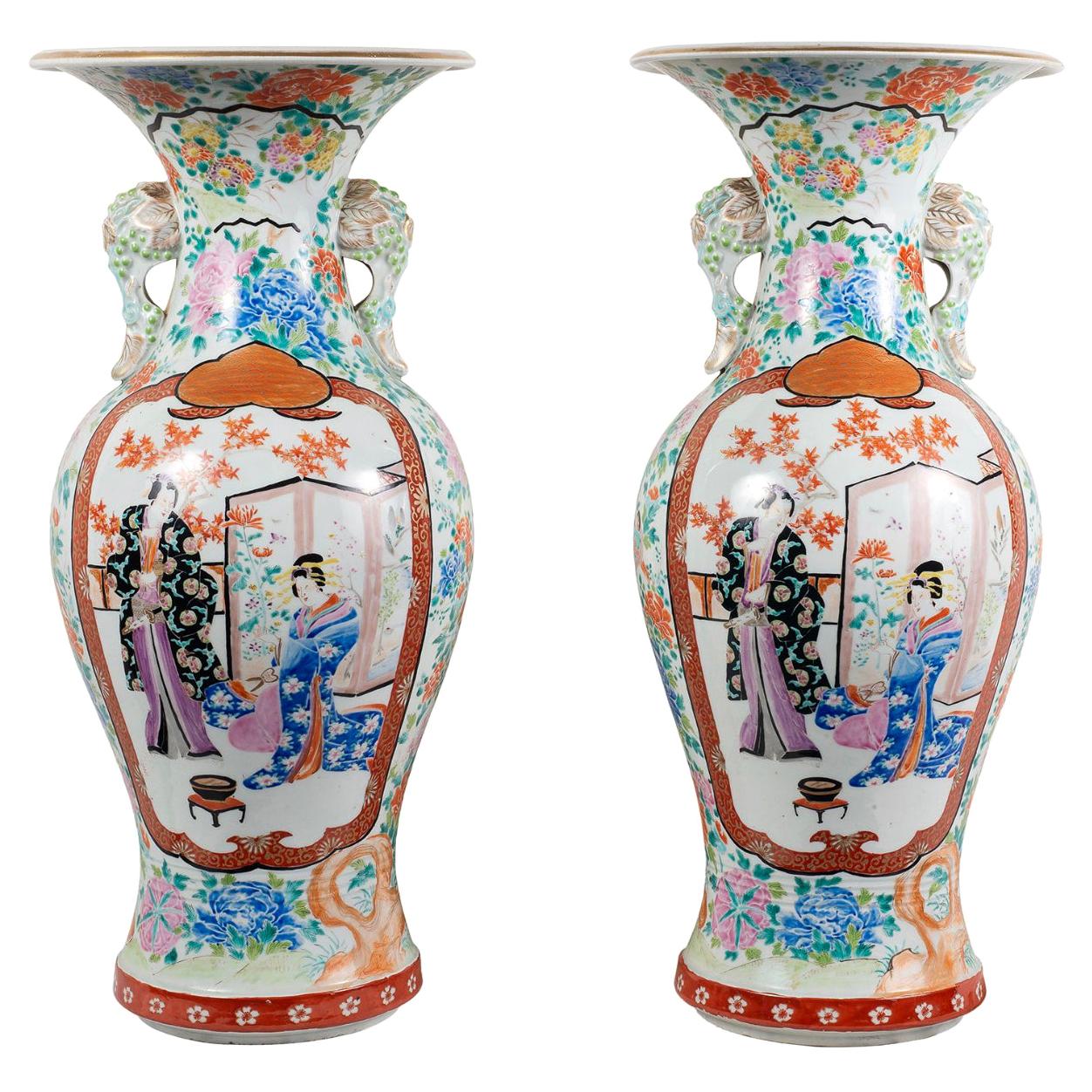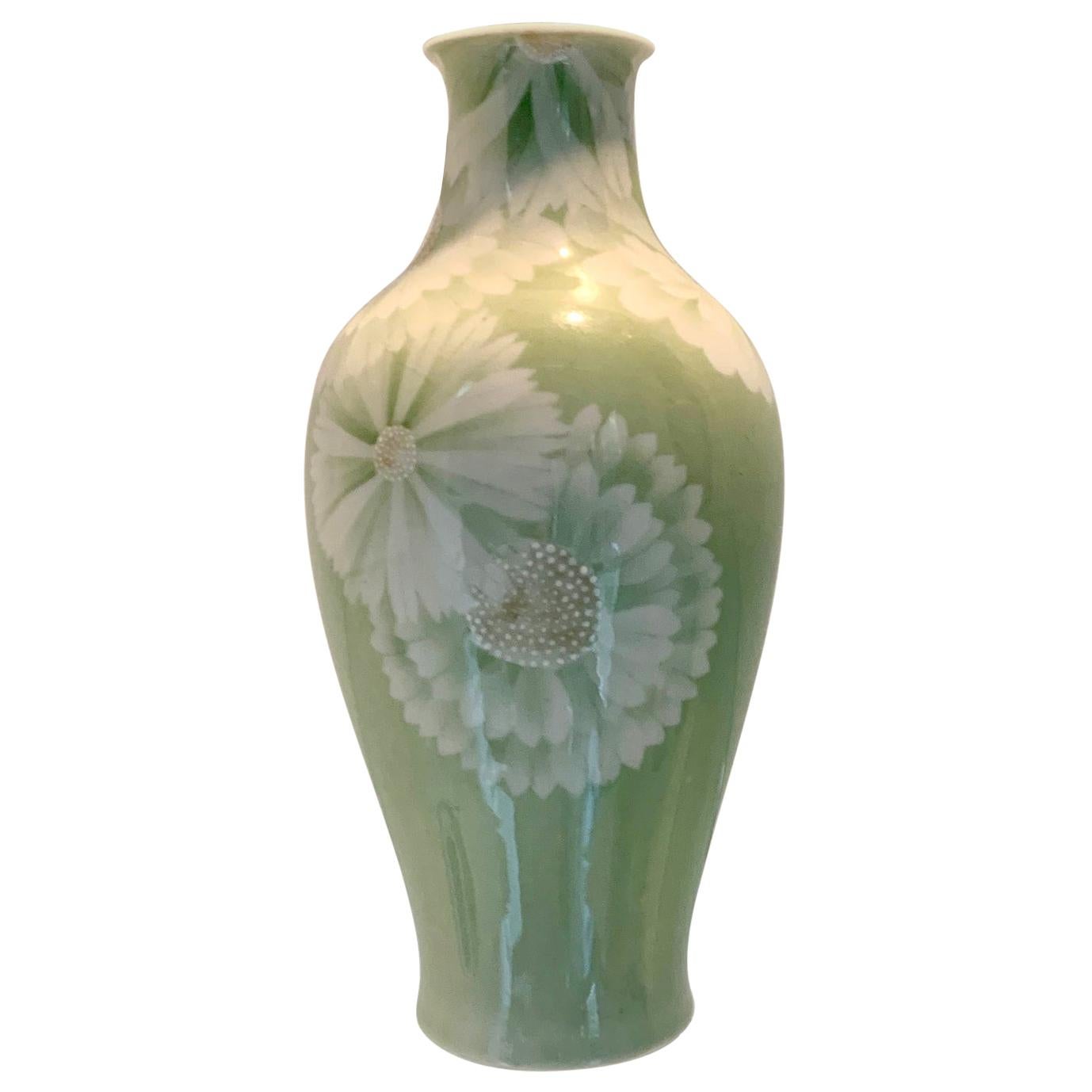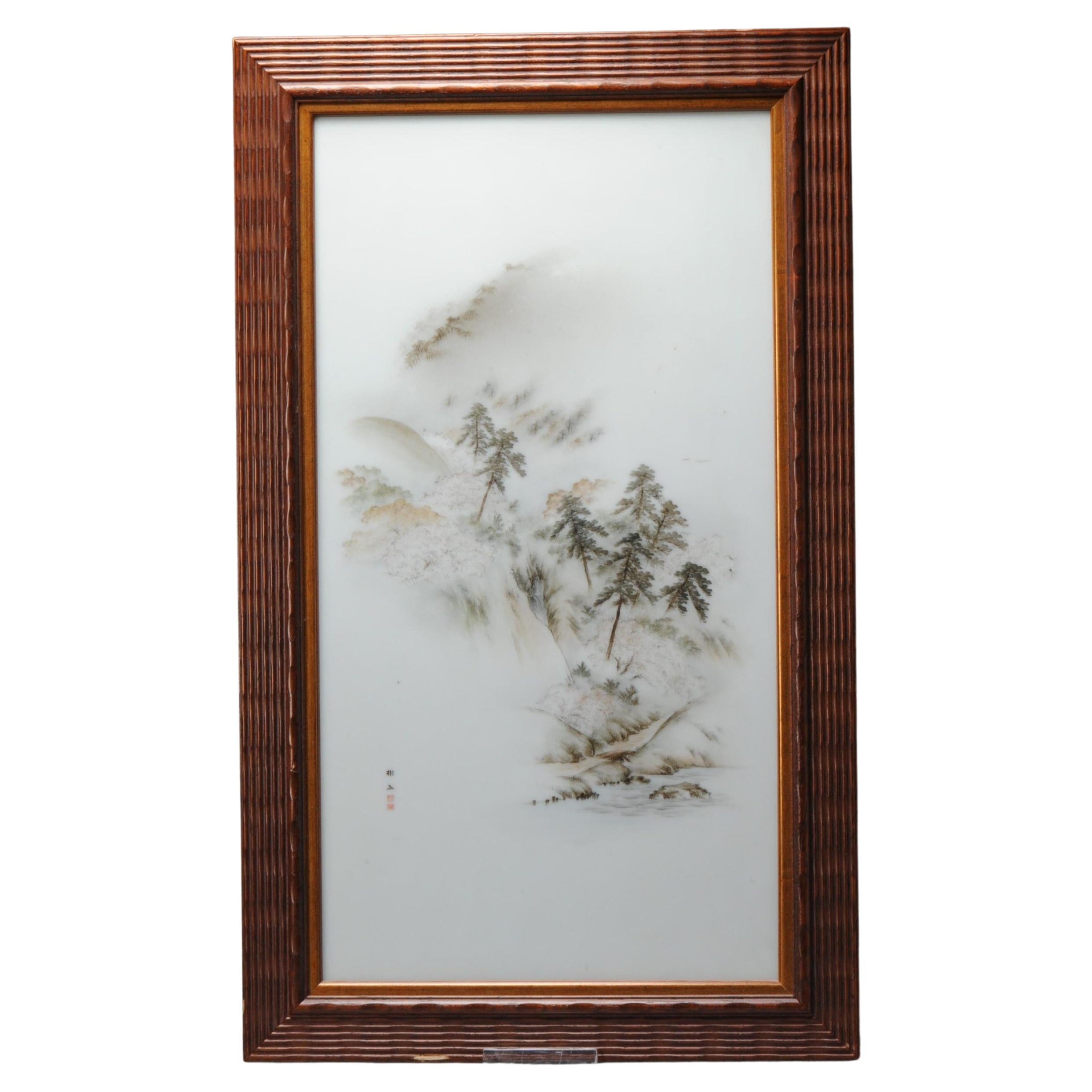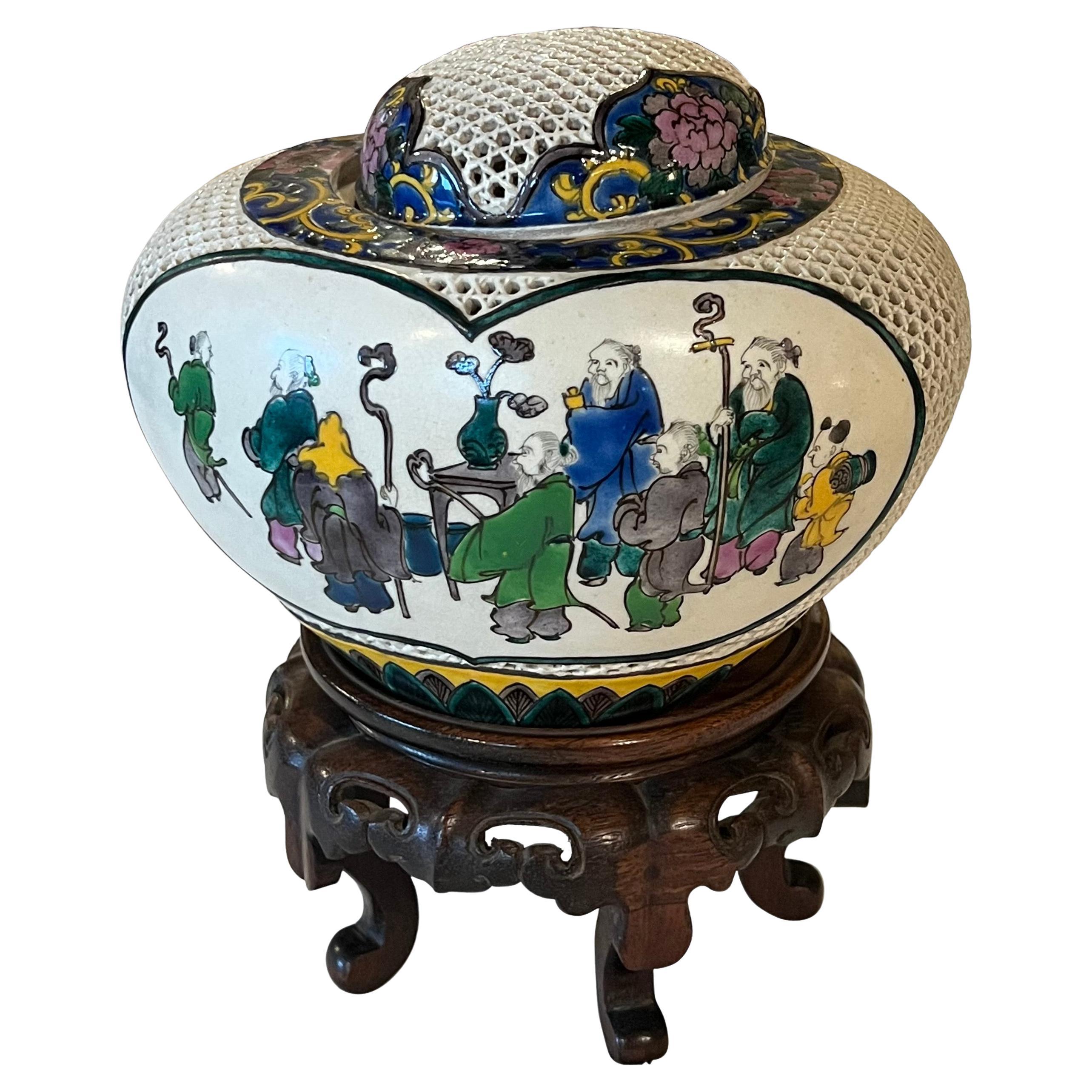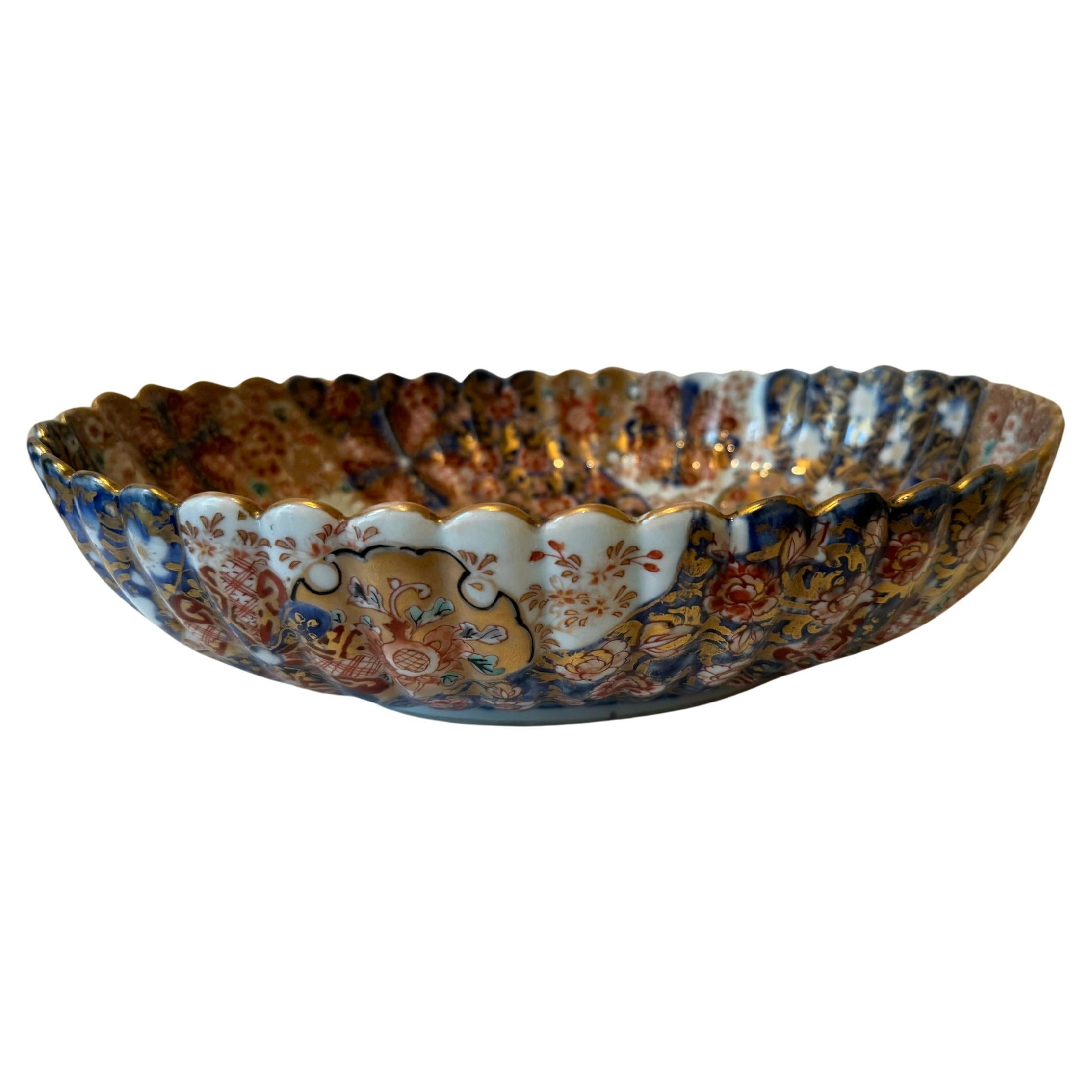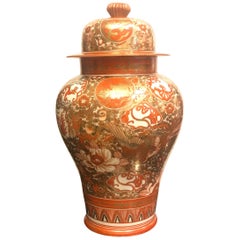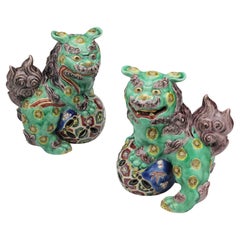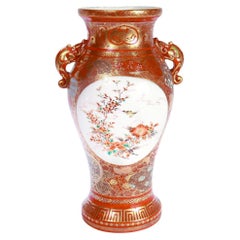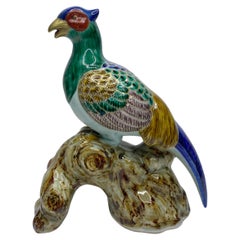
Kutani porcelain Green Pheasant, Japan, Meiji Period.
View Similar Items
1 of 8
Kutani porcelain Green Pheasant, Japan, Meiji Period.
About the Item
- Creator:Kutani Studio (Manufacturer)
- Dimensions:Height: 8 in (20.3 cm)Width: 6.89 in (17.5 cm)Depth: 3.75 in (9.5 cm)
- Style:Meiji (Of the Period)
- Materials and Techniques:Porcelain,Fired
- Place of Origin:
- Period:1900-1909
- Date of Manufacture:1900
- Condition:Wear consistent with age and use.
- Seller Location:Gargrave, GB
- Reference Number:1stDibs: LU4397138138502
Authenticity Guarantee
In the unlikely event there’s an issue with an item’s authenticity, contact us within 1 year for a full refund. DetailsMoney-Back Guarantee
If your item is not as described, is damaged in transit, or does not arrive, contact us within 7 days for a full refund. Details24-Hour Cancellation
You have a 24-hour grace period in which to reconsider your purchase, with no questions asked.Vetted Professional Sellers
Our world-class sellers must adhere to strict standards for service and quality, maintaining the integrity of our listings.Price-Match Guarantee
If you find that a seller listed the same item for a lower price elsewhere, we’ll match it.Trusted Global Delivery
Our best-in-class carrier network provides specialized shipping options worldwide, including custom delivery.You May Also Like
Antique Meiji Period Kutani Japanese Porcelain Temple Jar
Located in Lambertville, NJ
Antique Meiji period Japanese porcelain temple jar with intricate hand painted decoration and gilt. The jar in Classic Kutani colors with floral and phoenix birds all over the top an...
Category
Antique 1880s Japanese Meiji Ceramics
Materials
Porcelain
Pair of Japanese Meiji Period Porcelain 'Kutani' Foo Dogs
Located in Brisbane, QLD
A pair of fine quality Japanese Kutani foo dogs in rich polychrome enamels over porcelain. The pair date to the Meiji period (1868-1912) and are in lov...
Category
Antique Late 19th Century Japanese Meiji Ceramics
Materials
Porcelain
Antique Japanese Meiji Period Kutani Porcelain Vase by Shoundo / Matsumoto Sahei
Located in Philadelphia, PA
A fine antique Japanese Meiji period Kutani porcelain vase.
By Matsumoto Sahei/Shoundo.
In an aka-e style decorated throughout in iron red with extensive gilt accents.
There are cartouches to either side both with branches of red flower with a backdrop of clouds on a white ground.
With 2 figural dragon finial handles.
Marked to the base with '九谷松雲堂製' which translates as 'Made by Shoundo of Kutani'
Matsumoto Sahei (1851-1918) was a master potter who enjoyed success & recognition during his era. In 1876, Sahei received the artist name Shoundo from the nanga painter Tokuda Kansho - he would use that title for nearly 20 years until passing it onto his son as his successor in 1893. Sahei also has the distinction of taking Tokuda Yasokichi I as an apprentice when the latter was 17-years-old. The Tokuda family is perhaps one of the most famous families of Japanese ceramics: Yasokichi I is credited with revitalizing the lost art of ko-Kutani and Yasokichi I, II, & III were all recognized as "Living National Treasures" during their lifetimes.
Shoundo exhibited internationally numerous times at the tail end of the 19th Century. The Keisei Isogaya Museum of Art (which specializes in Meiji Kutani) has a vase of Sahei's that was exhibited in the Philadelphia Centennial Exhibition of 1876. He is listed as exhibiting a wide variety of porcelain goods at the 1878, 1889, and 1900 Paris World Exhibitions. He is also listed as exhibiting 'incense burners & porcelain' at the World's Columbian Exhibition held in 1893 in Chicago. The pair of vases that Sahei exhibited in Paris in 1900 bear a strong resemblance to this pair.
Simply a wonderfully rare Japanese porcelain...
Category
Early 20th Century Japanese Meiji Ceramics
Materials
Porcelain
Kutani Japanese Meiji Porcelain Vase Painted with Figures
Located in Bishop's Stortford, Hertfordshire
Japanese Meiji porcelain Kutani vase hand painted with decorative and a figural panel dating between 1868 and 1912. The elegantly shaped tall ...
Category
Antique 19th Century Japanese Meiji Ceramics
Materials
Porcelain
Japanese Meiji Orange and Gold Porcelain Kutani Bowl
Located in Long Island City, NY
This delicately hand-painted Meiji-period Kutani-ware bowl is ornamented with lion-shaped handles on the bowl and lid, and is decorated in orange and gold with panels depicting floral arrangements, surrounded by scrolling borders. On the base is the "Dai Nippon...
Category
Antique 1890s Japanese Meiji Porcelain
Materials
Porcelain
Japanese Meiji Kutani Porcelain Candlestick Painted with Sea Birds
Located in Bishop's Stortford, Hertfordshire
A stylish Japanese antique Kutani candlestick hand-painted with birds dating from the Meiji period 1868-1912. The porcelain candlestick stands on a wide rounded base with a narrow ta...
Category
Antique 1890s Japanese Meiji Ceramics
Materials
Porcelain

